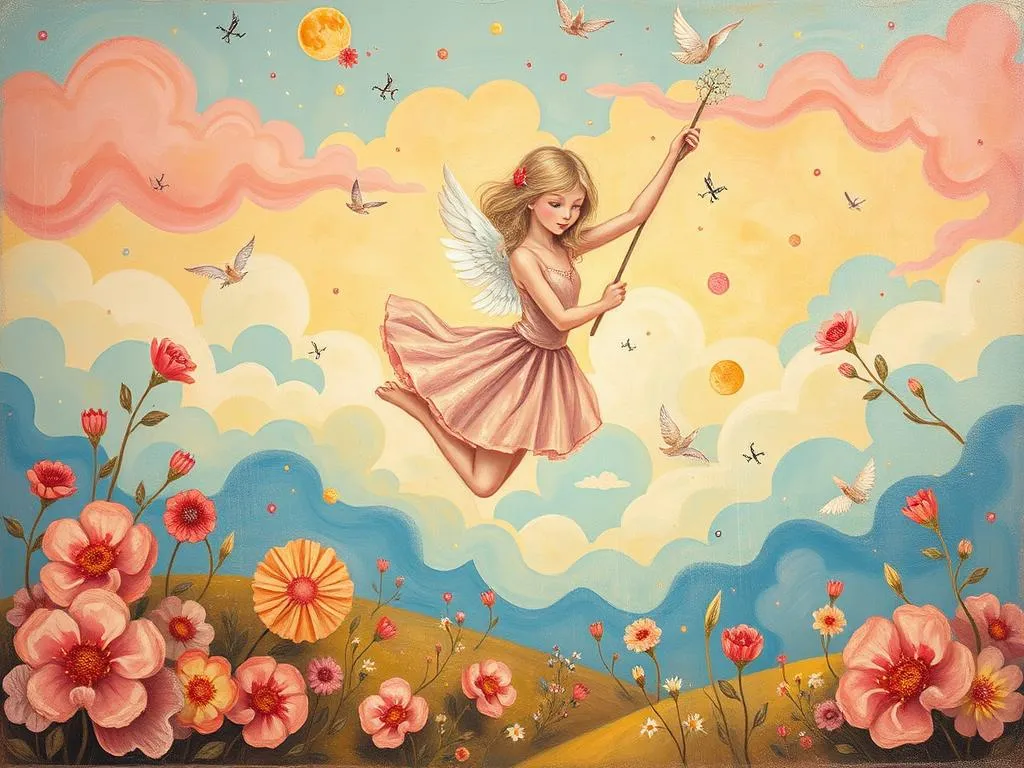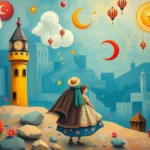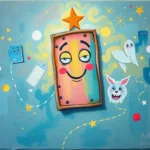
Introduction
Dreams have long fascinated humanity, offering a window into our subconscious minds and revealing our innermost thoughts and feelings. One of the most captivating aspects of dreams is the symbolism that entwines them—an intricate tapestry woven from our experiences, desires, and fears. In the realm of music, few artists encapsulate this dream-like quality as vividly as Taylor Swift. Her songs often serve as a narrative exploration of emotions, relationships, and self-discovery, making them ripe for interpretation through the lens of dream symbolism. This article delves into the dream symbolism present in Taylor Swift’s songs, exploring how these symbols resonate with listeners and reflect their personal experiences.
Symbolism and Meaning
Taylor Swift’s music is rich with symbolism, often drawing from classic archetypes and contemporary themes. Common symbols in her songs include hearts, bridges, colors, and seasons, each carrying profound meanings that resonate with her audience. For instance, the heart is frequently associated with love and emotional vulnerability. In a dream context, encountering a heart could symbolize a longing for connection or a fear of heartbreak. This symbol might evoke feelings of nostalgia or anxiety, depending on the dreamer’s current emotional state.
Another prevalent symbol in Swift’s lyrics is the bridge, which often represents transition and transformation. In dreams, crossing a bridge can signify moving from one phase of life to another, suggesting growth or the need to confront unresolved issues. The act of crossing a bridge might evoke feelings of uncertainty or hope, mirroring the challenges and triumphs one faces in real life.
Colors also play a significant role in Taylor’s music, with each hue embodying distinct emotions. For instance, the color red often symbolizes passion, love, and intensity, while blue might evoke feelings of sadness or introspection. In dreams, the appearance of certain colors can amplify the emotional landscape, guiding the dreamer toward a deeper understanding of their feelings. Exploring the meanings behind these colors can provide valuable insight into the dreamer’s psyche.
Lastly, the changing seasons in Swift’s lyrics can symbolize the cyclical nature of life and the passage of time. Spring might represent rebirth and new beginnings, while winter could evoke a sense of loneliness or stagnation. In a dream, the season you encounter can reflect your current emotional state or life situation, offering clues about what you might need to embrace or let go of.
As we analyze these symbols, it’s important to recognize that their interpretations can vary based on personal experiences and cultural backgrounds. Dream symbolism is inherently subjective, and what resonates with one person may not hold the same meaning for another. Therefore, it’s essential for listeners to engage with Swift’s music on a personal level, reflecting on how these symbols resonate with their own dreams and experiences.
Key Scenarios and Variations
Dreams inspired by Taylor Swift’s songs can manifest in various scenarios, each altering the interpretation of the symbolism involved. For instance, imagine a dream where you find yourself at a party reminiscent of the vibrant celebrations in “22.” In this scenario, the dream may symbolize a desire for freedom, youth, and connection with others. It could reflect a longing to let go of responsibilities and embrace the joy of living in the moment. Alternatively, if the party turns chaotic, it might indicate feelings of overwhelm or anxiety about social situations.
Another variation could involve dreaming about an ex-lover while listening to “All Too Well.” This dream scenario might evoke a sense of nostalgia and unresolved emotions related to that past relationship. The symbols present—such as a scarf or autumn leaves—could represent cherished memories or the pain of letting go. Engaging with these symbols can provide clarity on the dreamer’s emotional landscape, prompting them to reflect on their personal growth and healing.
One might also dream of traveling, inspired by the themes of adventure in “The Lucky One.” In this scenario, the journey could symbolize a quest for self-discovery or a desire to escape the mundane aspects of life. However, if the travel is fraught with obstacles, it might reflect feelings of uncertainty about one’s path or life decisions. Here, the dream invites the individual to examine their aspirations and fears, encouraging them to take charge of their own narrative.
Moreover, dreams featuring nature—a recurring motif in many of Swift’s songs—can resonate deeply with the dreamer’s emotional state. For example, dreaming of a forest might signify exploration of the subconscious, while a beach could represent a longing for peace and relaxation. Each natural element carries its own symbolism, prompting the dreamer to reflect on their current life circumstances and emotional needs.
Through these scenarios, we see how the context of the dream influences the interpretation of symbols. By analyzing the variations, readers can gain deeper insights into their personal experiences and feelings, ultimately leading to greater self-awareness.
Real-Life Connections and Takeaways
Understanding the dream symbolism found in Taylor Swift’s songs can offer readers valuable insights into their own lives. As we navigate our emotions and relationships, these dreams can act as mirrors, reflecting our innermost thoughts and desires. It’s crucial for individuals to connect these dream experiences to their real-life situations, allowing for self-reflection and growth.
One practical approach is to keep a dream journal, noting down dreams that resonate with specific songs or lyrics. By documenting these dreams, readers can identify recurring symbols and themes, which may point to unresolved issues or aspirations in their waking lives. This practice encourages deeper engagement with one’s subconscious, fostering a greater understanding of personal motivations and fears.
Additionally, listeners can explore the emotional narratives within Taylor Swift’s music as a form of self-therapy. By relating their own experiences to the themes in her songs, individuals can find comfort in knowing they are not alone in their struggles. Whether it’s grappling with heartbreak, celebrating love, or navigating life transitions, Swift’s storytelling can provide a sense of validation and connection.
Furthermore, engaging in creative expression—such as writing, painting, or composing—can facilitate deeper insights into the emotions stirred by these dreams. By channeling their feelings into art, individuals can process their experiences more holistically, uncovering hidden truths about themselves.
Ultimately, dreams inspired by Taylor Swift’s songs serve as a reminder of the complexities of human emotion and the importance of introspection. By reflecting on these dreams and their symbols, readers can navigate their emotional landscapes more effectively, embracing personal growth and self-discovery. As Swift herself once said, “This is a new year. A new beginning. And things will change.” Embracing the symbolism in our dreams allows us to shape our own narratives and create the future we desire.
In conclusion, the dream symbolism found in Taylor Swift’s songs offers a rich tapestry of meaning that resonates deeply with listeners. By engaging with these symbols and reflecting on their personal significance, individuals can gain valuable insights into their emotions, relationships, and life journeys. The power of dreams lies in their ability to illuminate our paths and guide us toward a deeper understanding of ourselves. So the next time you find yourself lost in a Taylor Swift song, consider the dreams it might inspire and the meanings that lie within.







